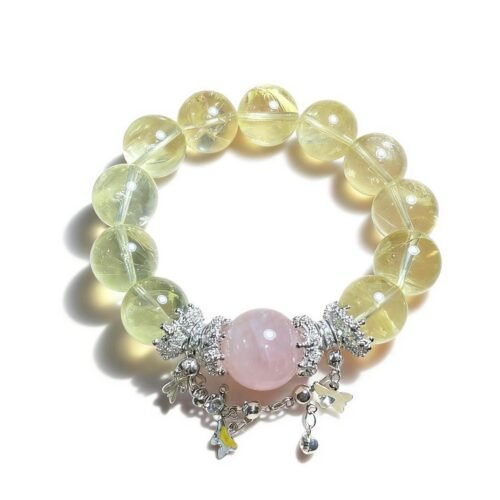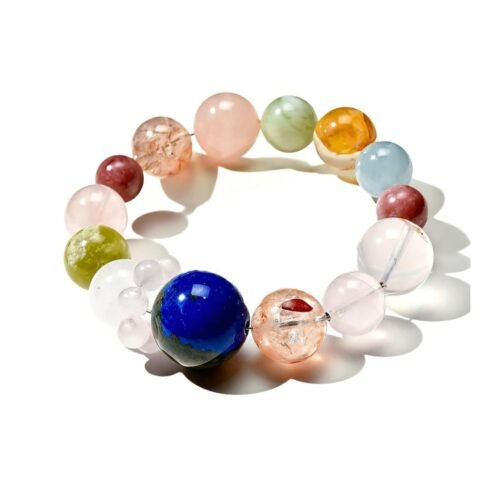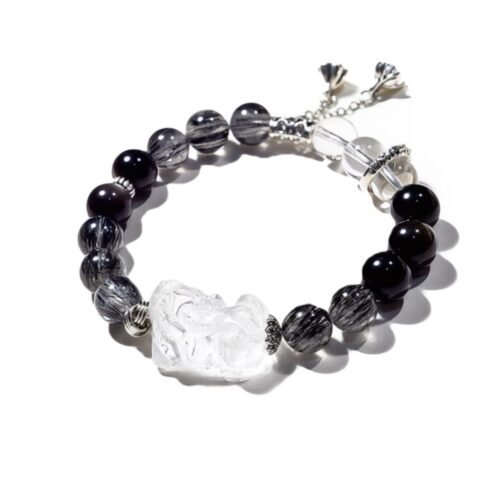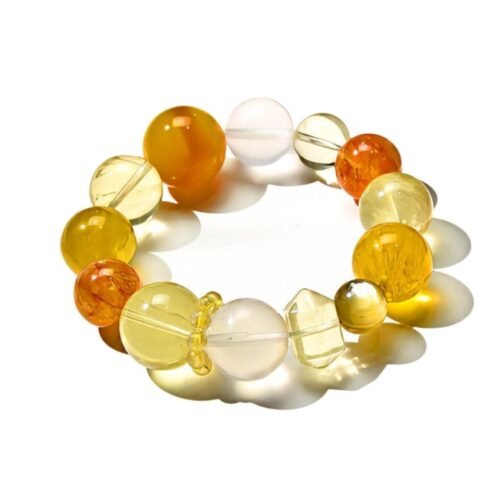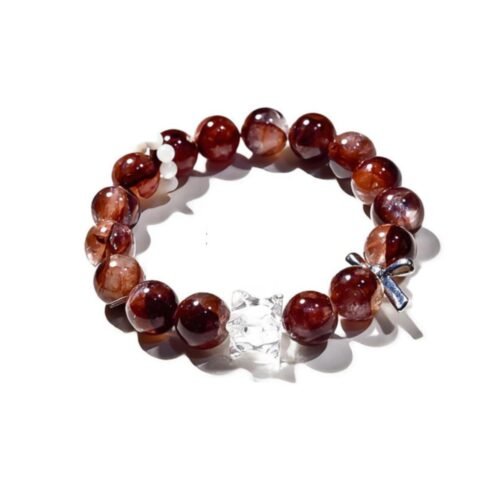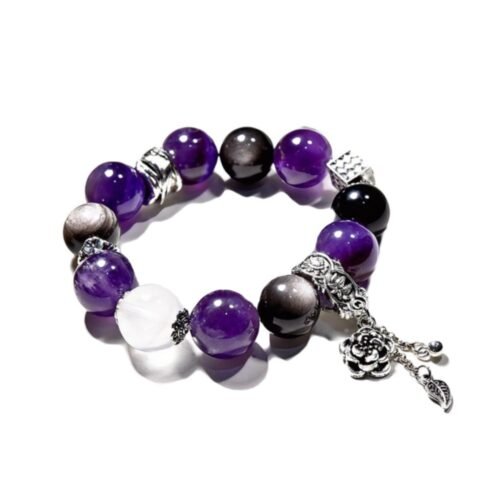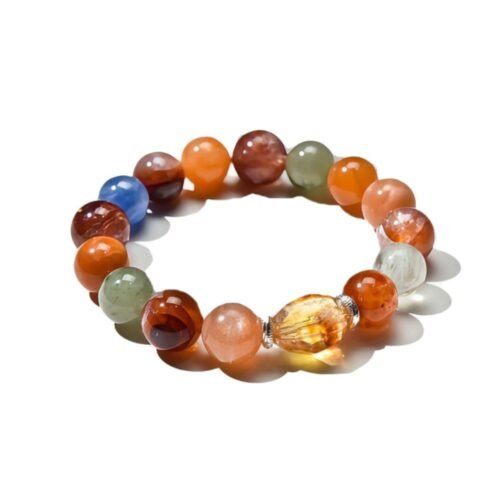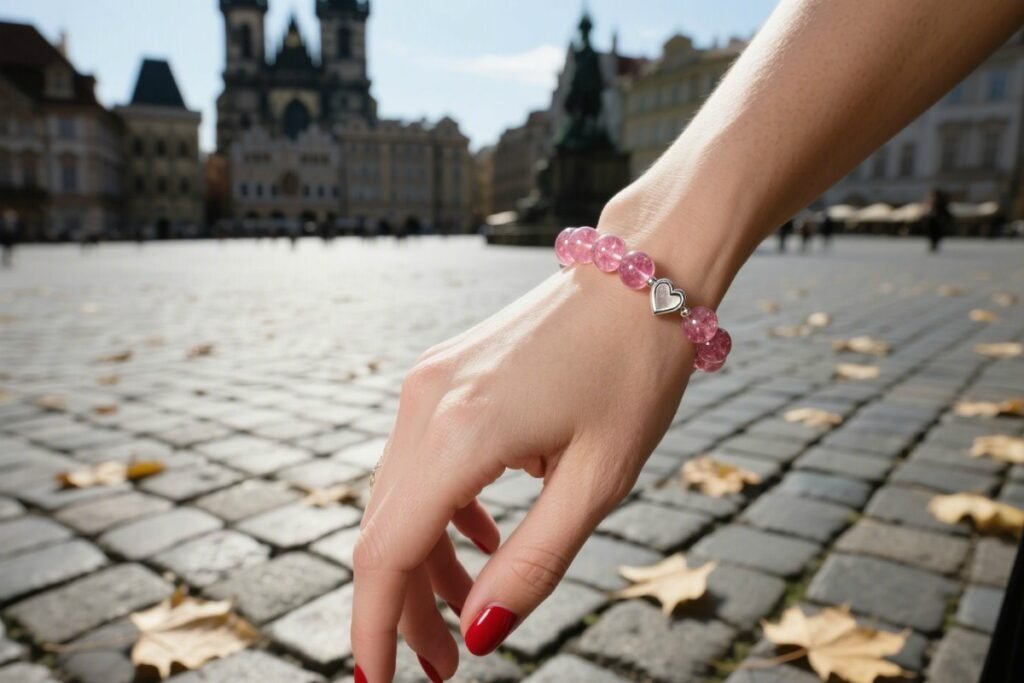The integration of the Yin-Yang duality and the Five Elements\’ generative and restrictive relationships forms the core theoretical framework of traditional Chinese Feng Shui layout. This system blends natural elements with the human environment to create a unique method of spatial energy regulation. Below is a systematic analysis of its inherent logic, from theoretical origins to practical application:
I. Yin-Yang Duality: The Fundamental Principle of the Universe
- Origin of Yin-Yang Philosophy
As stated in the Zhouyi (Book of Changes): “The way is the interplay of one yin and one yang.” Yin and Yang are fundamental opposites, representing the basic elements that drive the movement of all things. Yin is associated with stillness, darkness, and softness, while Yang represents movement, brightness, and hardness. The dynamic balance between the two determines the direction of development. - The Derivative Relationship Between Yin-Yang and the Five Elements
The Yin-Yang dual forces further divide into the “Four Symbols” (lesser yang, greater yang, lesser yin, and greater yin), which then give rise to the Five Elements (Wood, Fire, Earth, Metal, Water). These relationships are as follows:- Yang within Yang is Fire (Greater Yang).
- Yang within Yin is Wood (Lesser Yang).
- Yin within Yang is Metal (Lesser Yin).
- Yin within Yin is Water (Greater Yin).
- The union of Yin and Yang forms Earth (Central). Thus, the Five Elements are a concrete representation of the Yin-Yang theory.
II. The Five Elements’ Generative and Restrictive Relationships: The Core Mechanism of Dynamic Balance
- Generative Relationships (Promoting Circulation)
- Wood generates Fire (Wood serves as fuel).
- Fire generates Earth (Ashes form soil).
- Earth generates Metal (Minerals are extracted).
- Metal generates Water (Metal cools into liquid).
- Water generates Wood (Water nourishes plants).
Feng Shui Application: In residential areas, the Five Elements\’ generative relationships can enhance energy flow. For example, placing plants (Wood) in the study (Wood) strengthens the position for scholarly success (Fire).
- Restrictive Relationships (Controlling Balance)
- Wood restricts Earth (Tree roots stabilize soil).
- Earth restricts Water (Dams block water flow).
- Water restricts Fire (Water extinguishes fire).
- Fire restricts Metal (High heat melts metal).
- Metal restricts Wood (Cutting down trees).
Feng Shui Application: If one element is overly dominant, the corresponding restrictive element can be used to balance it. For instance, in a kitchen (Fire) located in the south (where Fire is strong), placing a black sink (Water) can help balance the excess fire.
III. Practical Application of the Five Elements in Feng Shui Layout
- Orientation and Correspondence of the Five Elements
| Direction | Five Element | Represented Element | Taboo and Layout Suggestions - East | Wood | Green plants, desks | Avoid metal objects (Metal restricts Wood)
- South | Fire | Red decor, stoves | Keep away from water sources (Water restricts Fire) | | Center | Earth | Yellow furniture, carpets | Maintain cleanliness, avoid water accumulation (Earth restricts Water)
- West | Metal | White metal, clocks | Avoid excessive plants (Wood restricts Metal)
- North | Water | Blue decor, aquariums | Keep away from fire sources (Fire restricts Water)
- Functional Space and Correspondence with the Five Elements
- Bedroom (Water): Ideal for blue or black tones, avoid sharp objects (Metal nourishes Water, but excessive Metal restricts Wood).
- Living Room (Wood): Suitable for green plants, wooden furniture, but avoid direct alignment with the bathroom (Water leaks Wood’s energy).
- Kitchen (Fire): Predominantly red or orange tones, avoid placing stoves directly opposite refrigerators (Fire restricts Metal).
- Bathroom (Metal): White or gray tones, must stay dry (Earth generates Metal, avoid excess water).
- Color and Item Energy Regulation
- If Wood is lacking: Place green plants like pothos or wooden bookshelves in the East.
- If Fire is excessive: Hang crystal curtains in the South (Water element).
- If Earth is weak: Place yellow crystals or ceramic ornaments in the Center.
IV. Case Study: The Forbidden City’s Yin-Yang and Five Elements Layout
- Yin-Yang Division in the Layout of the Palace
- Taihe Hall (Yang): Yellow glazed tiles (Earth) symbolize central authority; the nine bays (Yang number) represent supreme power.
- Qianqing Palace (Yin): Blue eaves (Water) correspond to the northern Black Tortoise; the six-palace layout (Yin number) symbolizes gentleness.
- Five Elements Generative Cycle in Architectural Design
The Jinshui River (Water) flows from the west (Metal) to the east (Wood), creating a “Metal generates Water, Water generates Wood” cycle, symbolizing the endless continuity of the dynasty.
The three main hall platforms (Earth) support wooden structures (Wood), reflecting the “Earth generates Wood” nourishing relationship.
V. Verification from a Modern Scientific Perspective
Research by the Tsinghua University Center for Human Settlements has shown:
- Office spaces designed according to the generative cycle of the Five Elements saw an 18% increase in employee productivity.
- Bedrooms with color and directional alignment improved sleep quality by 23%.
- Proper plant placement reduced indoor CO₂ levels by 30%, consistent with traditional ideas of “Wood’s energy nourishing growth.”
Conclusion
The integration of Yin-Yang duality and the generative and restrictive relationships of the Five Elements forms the foundational logic of Chinese Feng Shui layout. Its core lies in achieving dynamic balance through the arrangement of spatial elements, realizing the ideal of “Harmony Between Heaven and Humanity.” In modern applications, this wisdom not only optimizes environmental energy but also enhances quality of life and physical health through the scientific configuration of color, direction, and objects. To fully grasp this system, one must understand the dialectical unity of “Changeability” (flexible adjustment) and “Unchangeability” (natural laws) to find harmony between tradition and modernity.
